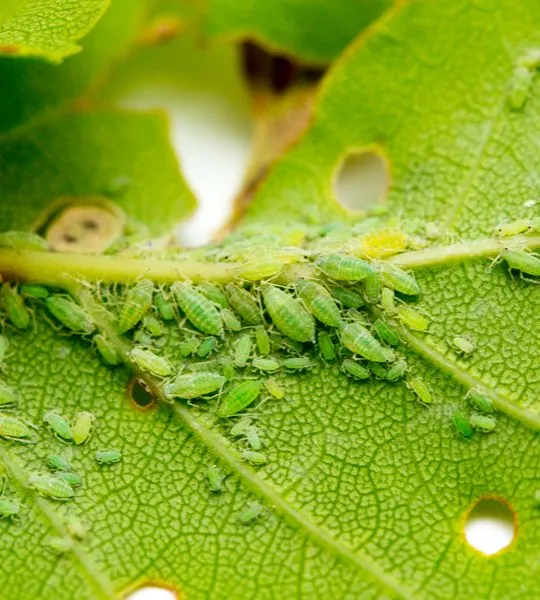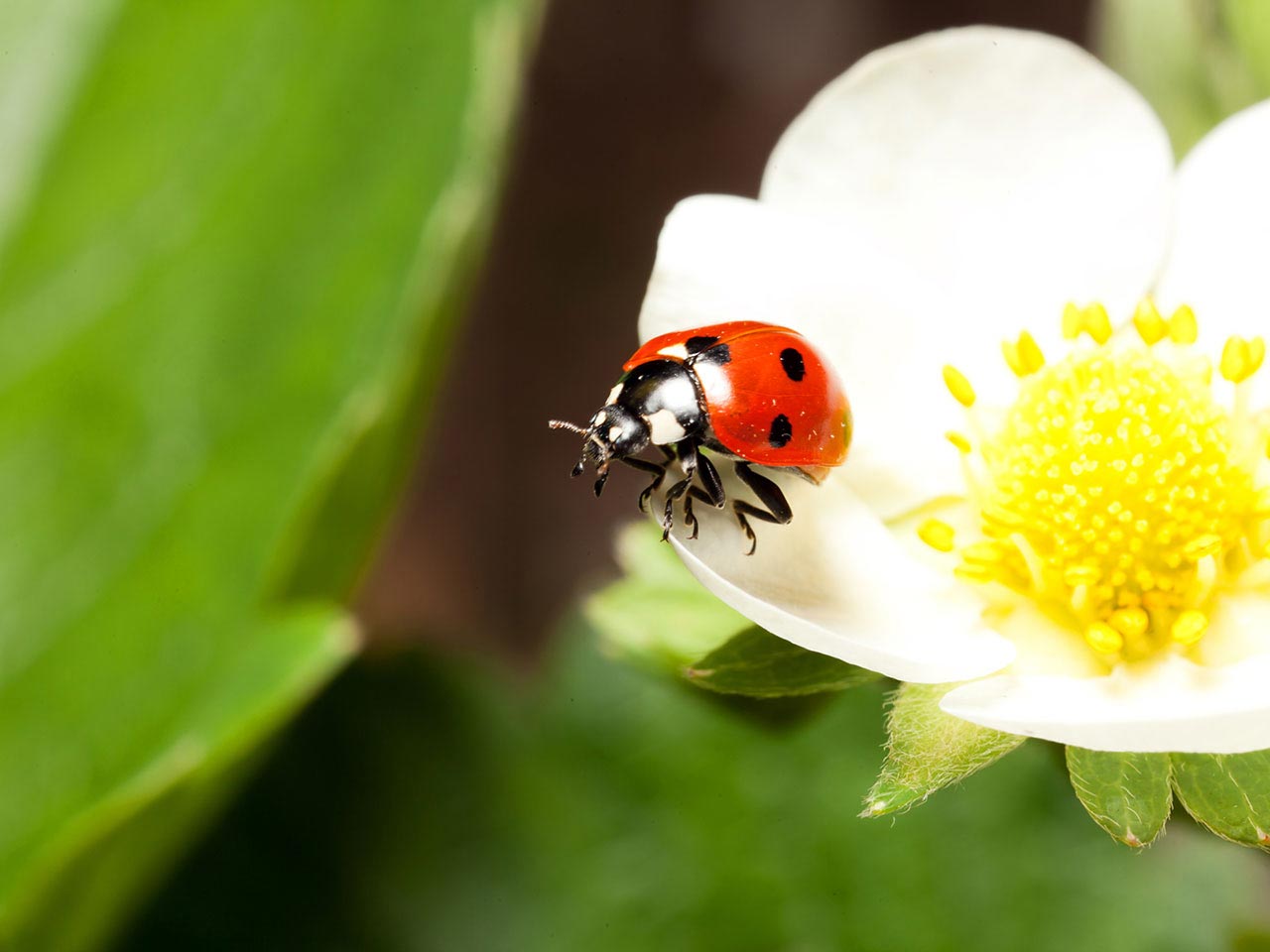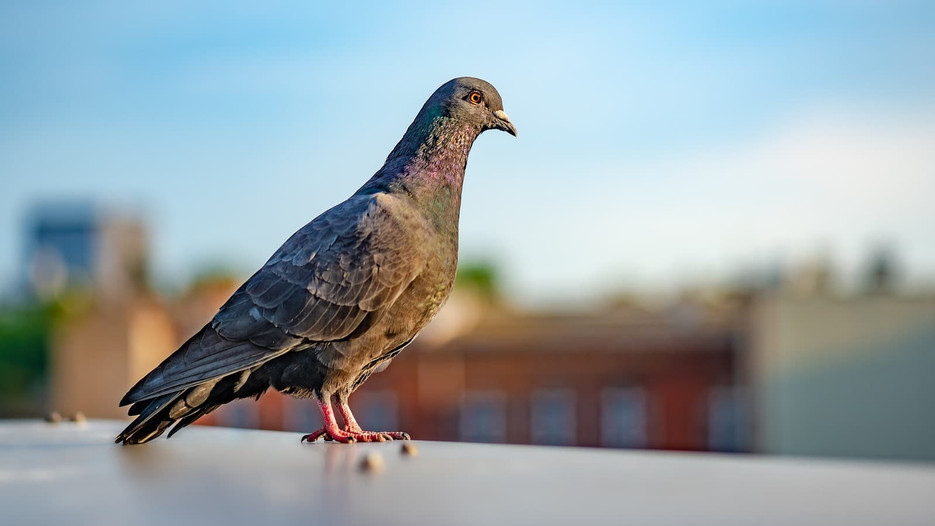They are making a few good observations relating to Natural Ways to Kill Aphids as a whole in the content beneath.

If you like your yard, you want to safeguard your precious plant babies from aphid invasions. Long term feeding will certainly result in plant death.
Aphids normally work in groups, so you need to do your ideal to guarantee you avoid brand-new swarms from forming. Therefore, aphid control have to be focused on to guarantee they do not create chaos in your yard. Right here are offer natural ways to manage them without utilizing rough pesticides that harm you and the world.
Put a Covering Over Prone Plants
Grown-up winged aphids that are all set to fly off and also make a brand-new swarm can spread out plant illness. To lessen invasions, cover your most prone trousers during the hot summertime months.
Blast and Shoo Them Away
If you've got a solid water pressure coming from your garden house, you can blow up away and also shoo off tiny aphid invasions. You can make use of an unique nozzle and even partially cover the end with your finger to squeeze out high water stress. This will then knock the aphids right into the ground. The disappointment will deter them from returning to the plant.
Douse With Soapy Water
You can additionally use a soapy remedy to ward off the bothersome aphids. From there, you can spray the solution kindly over your plants. Aphids do not like soapy water as it allures and asphyxiates them.
Check, Get Rid Of, and Squash to Fatality
You should be vigilant in evaluating your plants for signs of aphids. As quickly as you see them, squash and eliminate the aphids with your hands set in handwear covers. Pest control professionals suggest normal spot checks will certainly deter them from establishing and growing up swarms. You can exterminate a regional focus by pinching out suggestions of shoots where they initially appear.
Attract Beneficial Bugs Into the Yard
If you find aphids, you will probably locate killers who love them. Ladybugs, lacewings, and hoverfly larvae prey on aphids without harming you or your plants. It would be beneficial to attract them into your lawn by growing these plants like calendula, marigolds, alyssum, dill, parsley, thyme, and also mint. You can grow these bugs alongside your vegetables to regulate the aphids in your garden.
You can state adios to these bothersome aphids once and for all when you adhere to these valuable suggestions. However, if you have a large problem, calling for expert pest control is your best bet. The right group will certainly carry out a gentler service to ensure your plants continue to prosper.
If you like your garden, you want to safeguard your beloved plant children from aphid problems. Adult winged aphids that are all set to fly off and also make a new colony can spread out plant illness. You should be alert in inspecting your plants for indicators of aphids. Ladybugs, lacewings, as well as hoverfly larvae feed on aphids without hurting you or your plants. It would certainly be helpful to attract them into your yard by growing these plants like calendula, marigolds, alyssum, dill, mint, thyme, and parsley.
How to Get Rid of Aphids Permanently (Easily and Naturally)
Always remember, prevention is better than cure
The best strategy for dealing with plant pest and diseases is to not have to deal with them in the first place. And the best way is to always prevent their infestation or infection.
Here is how to prevent aphids:
Keep the plant healthy by providing appropriate nutrition, water and pruning where necessary. Aphids and other bugs have a strong sense for weak struggling plants.
Regular monitoring to identify and resolve any problems relating to nutrient deficiency early enough. Check your plants regularly for aphids—at least twice a week when plants are growing rapidly—in order to catch infestations early, so you can knock or hose them off or prune them out.
Regulate the amount of Nitrogen-based fertilizer especially during the vegetative stage of growth.
Use push and pull strategy
Push and pull strategy is one of the most effective and natural ways to get rid of aphids permanently. It is the same method used in the control of corn stalk borers, where napier grass is planted in companion with corn to attract and trap the stalk borer.
It is therefore Important to practice companion planting of crops in different families.
Specifically, plant members of the allium family such as onion and garlic in companion with your main crop. Plants in Allium family are very effective in repelling and pushing away aphids.
On the other hand, plant crops in brassica family such as kale and collards to attract and pull the aphids. If anything, aphids don’t really cause much harm to these crops.
Alternatively, you can plant dahlia plant next to a susceptible crop. Dahlias are effective in attractive these bugs.
This strategy works in assumption that; given a choice, aphids will choose their favorite plant over any other.
Use yellow stick traps
Most of the pests have phototaxis, and yellow is the favourite colour of common pests like aphids. With this yellow sticky trap, pests just cannot control themselves and keep flying towards it.
Sticky traps also serve as monitoring tool to determine the level of infestation. A few trapped aphids indicate low infestation and vice versa.
Here is my best recommendation – Kensizer Dual-sided Yellow Sticky Trap for indoor and outdoor use.
To achieve the best results, introduce the traps early in the season before the pest springs up. By catching the winged adults with Yellow Sticky Traps before they reach the plants, the build-up of pests will be delayed.
Use natural enemies otherwise known as biological control of aphids
When it comes to killing aphids naturally, three formidable predators come to mind. Lady Bug, Hoverflies, and the Green Lace Wing which have an appetite to feed on a ton of aphids every single day.
Create biodiversity in your garden
Creating a conducive environment means, nature will balance the equation between destructive and constructive organisms.
This is a similar approach to biological control except creating biodiversity is more broader and all inclusive. It entails a combination of introducing natural enemies, companion planting, and eco-friendly garden practices.
A good example is having bird baths, trees, flowers, and bird feeders which will ensure you have plenty of birds around which in term feeds on bugs such as the aphids.
Rub them away
At the initial stages while the aphid infestation is still low, you can manually rub them away from the plant. Being soft bodied insects, they won’t survive the impact.
Remember to first wear your garden gloves beforehand to avoid unnecessary injuries.
You can do this especially for young plants which are sensitive to other control measures like high pressure washing (hosing).

I was brought to that article about How to Control Aphids Naturally and Effectively from an acquaintance on another site. Make sure you take the opportunity to share this blog if you appreciated it. Many thanks for your time invested reading it.
Phone





